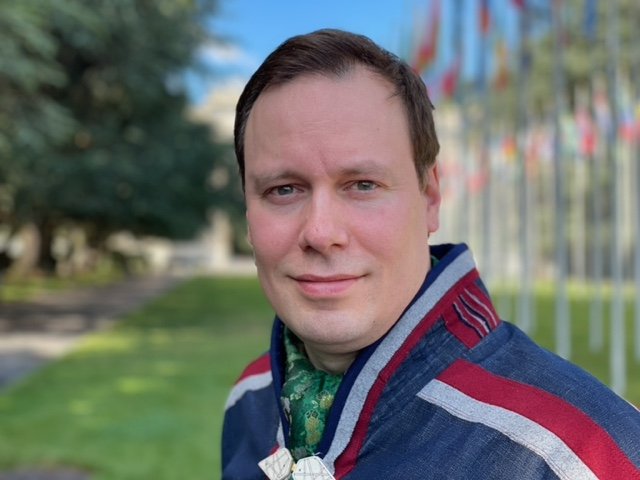Policy paper on Indigenous Peoples and «Local Communities»
Picture: The Saami Council
The Saami Council has published a policy paper on the subject of Indigenous Peoples and «Local communities». The Saami Council urges protection of the status of Indigenous Peoples without conflating Indigenous Peoples with local communities and other categories.
Indigenous Peoples have deep-rooted connections to their lands that predate the formation of modern states and international law. Recognized by their right to self-determination, Indigenous Peoples have gained international legal acknowledgment under this term. The UN Declaration on the Rights of Indigenous Peoples stands as a crucial document, outlining the minimum standards for their survival, dignity, and well-being.
Eirik Larsen, head of the Human Rights Unit. Photo: Private
However, misuse of the term Indigenous Peoples, especially when conflated with local communities, undermines Indigenous Peoples’ rights and creates significant challenges. This confusion started with the environmental conventions in 1992 and has since spread, often without the consent of Indigenous Peoples. Such conflation weakens the distinct rights and status of groups like the Sámi.
– The status of Indigenous Peoples must be respected. Therefore, the Saami Council has adopted specific recommendations to ensure that the concept of Indigenous Peoples is not conflated with terms such as local communities and other categories, says Eirik Larsen, head of the Human Rights Unit of the Saami Council.
Read the policy paper in full here:


